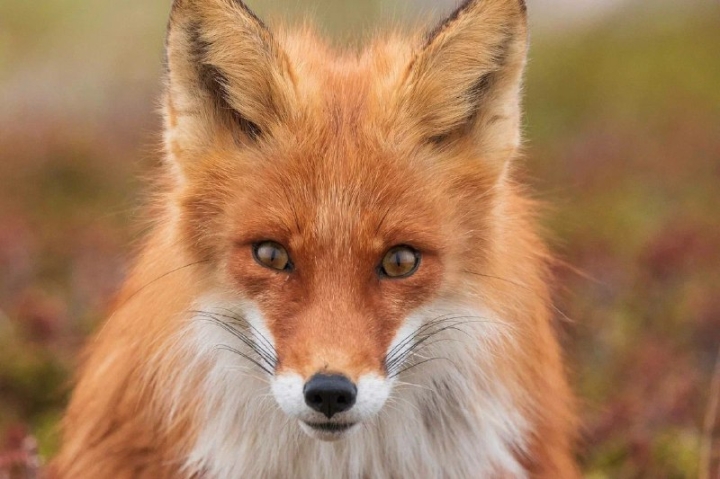
In the remote, pristine expanse of Russia’s Kronotsky Nature Reserve, a peculiar challenge has emerged for wildlife rangers tasked with protecting this vital ecosystem. Their adversaries are not external threats, but rather the reserve’s vibrant red foxes, affectionately known as ‘ognёvki’ or ‘fire foxes’ due to their brilliant orange coats. While undeniably charming and a beloved sight for visitors and conservationists alike, these cunning creatures have developed an unusual habit of pilfering personal items, most notably boots left out to dry.
Reaching the size of a spaniel, these charismatic predators are a constant source of fascination for those dedicated to preserving their natural habitats, as well as for wildlife photographers and documentary filmmakers. However, their endearing appearance belies a mischievous streak. According to officials at the Kronotsky Nature Reserve, the ‘fire foxes’ have a well-documented penchant for unattended belongings, transforming mundane objects like drying boots or small sundries left outside ranger outposts into prized, albeit temporary, trophies. This cheeky behavior underscores a unique dynamic between the reserve’s dedicated protectors and the very wildlife they safeguard – a relationship marked by both admiration and occasional exasperation.
Beyond their playful pilfering, these ‘ognёvki’ are celebrated subjects, their intriguing lives, including family dynamics and interactions with other inhabitants of the tundra, famously captured in the internationally acclaimed documentary film, ‘The Fire Fox.’ The cinematic portrayal garnered significant praise from both audiences and critics, further cementing the species’ captivating appeal.
Throughout the year, whether amidst the snows of winter or the vibrant flora of summer, the foxes command attention with their mischievous demeanor and bold behavior. In certain areas of the reserve, they exhibit an almost proprietary attitude, acting as informal hosts and even seemingly ‘monitoring’ the activities of tourists on designated routes. This blend of audacious mischief and natural charisma highlights the delicate balance of coexistence in one of the world’s most vital untouched ecosystems, reminding us that even the protected can occasionally be the prankster.